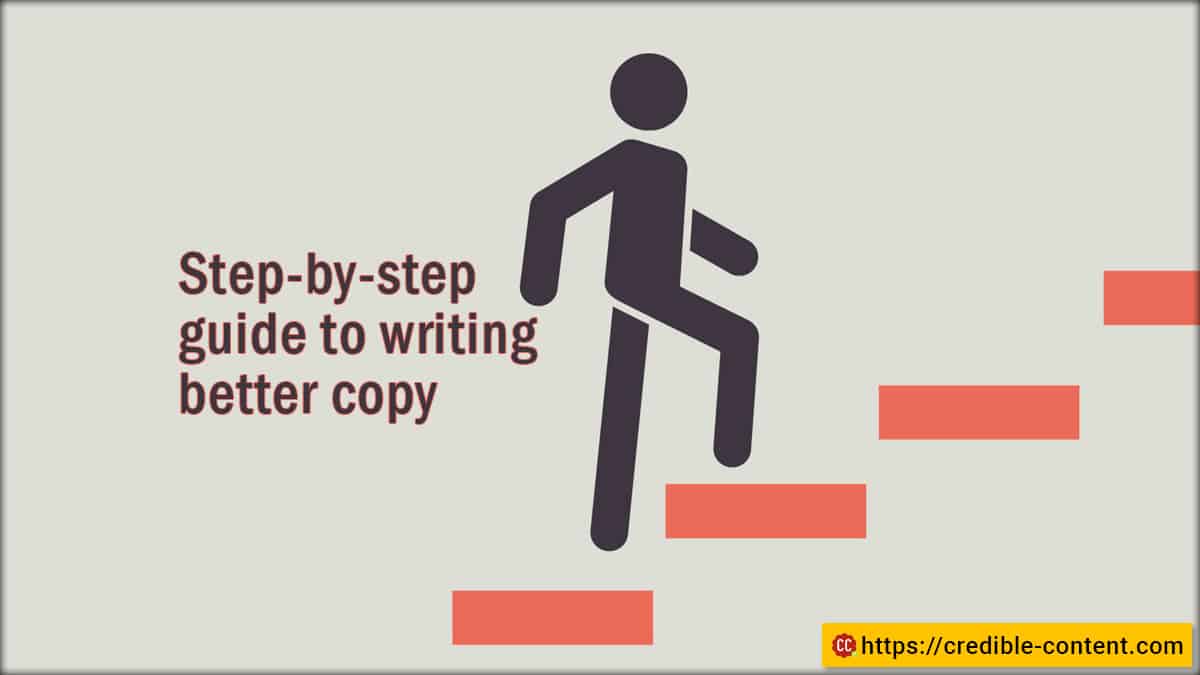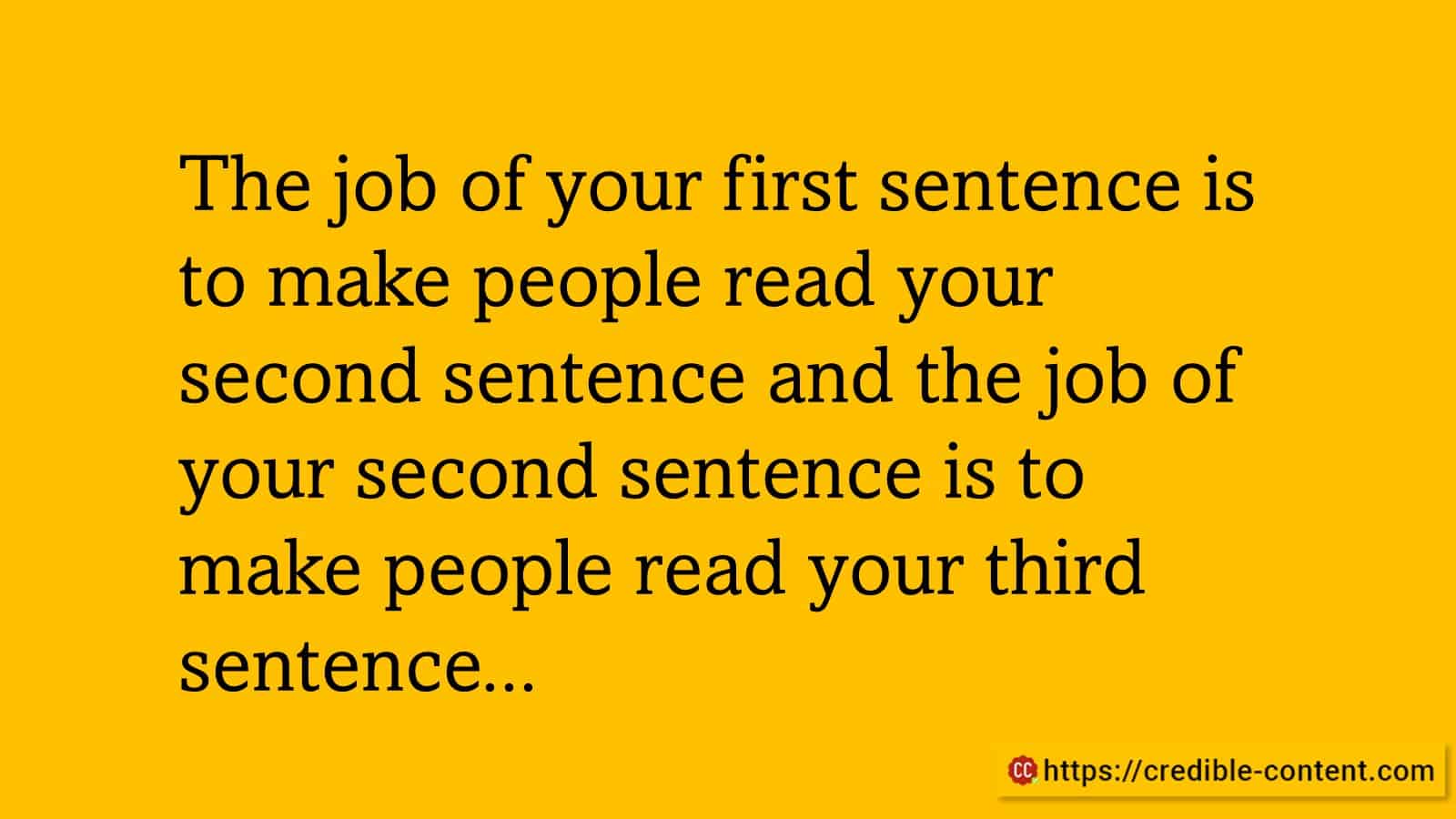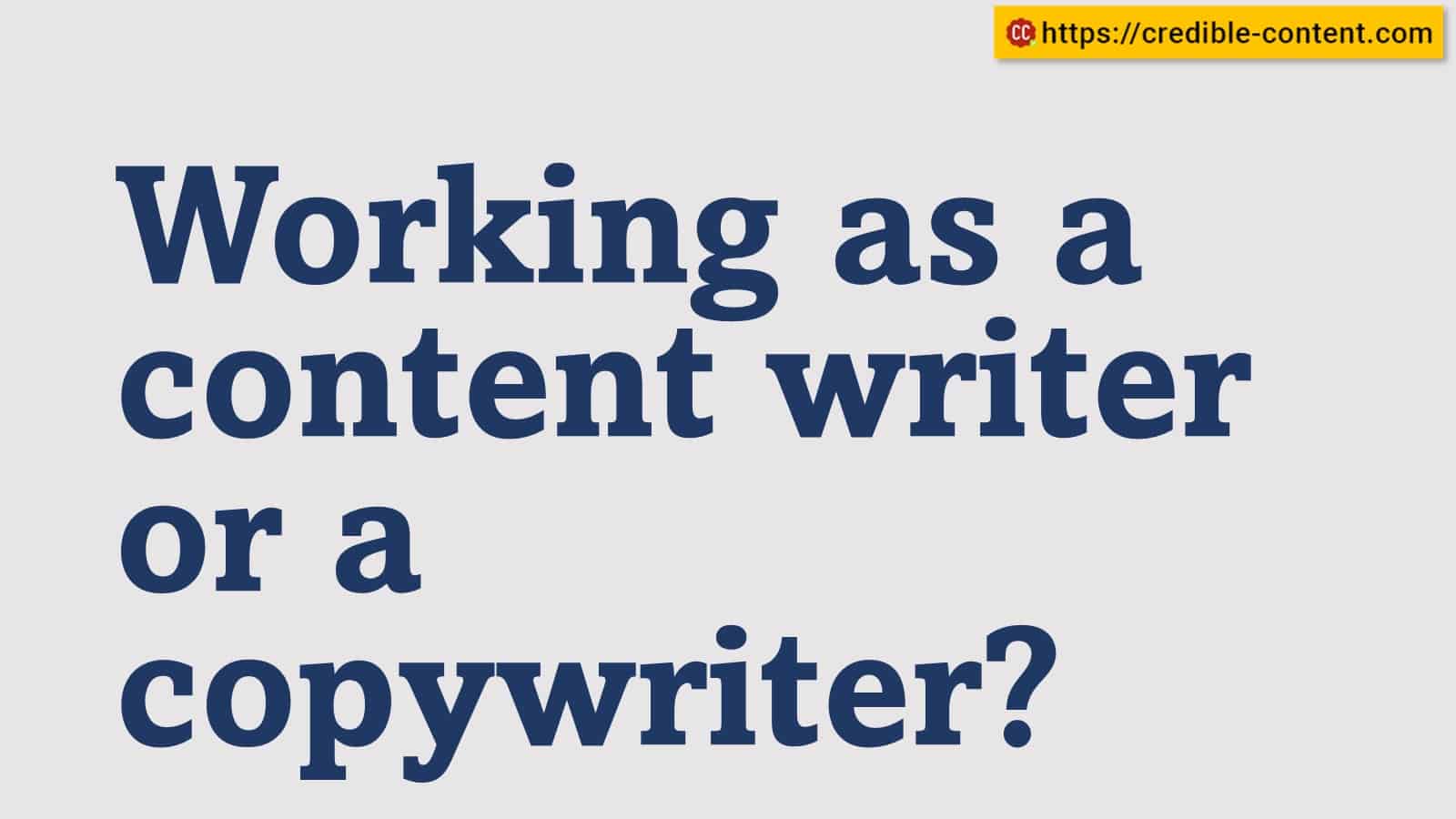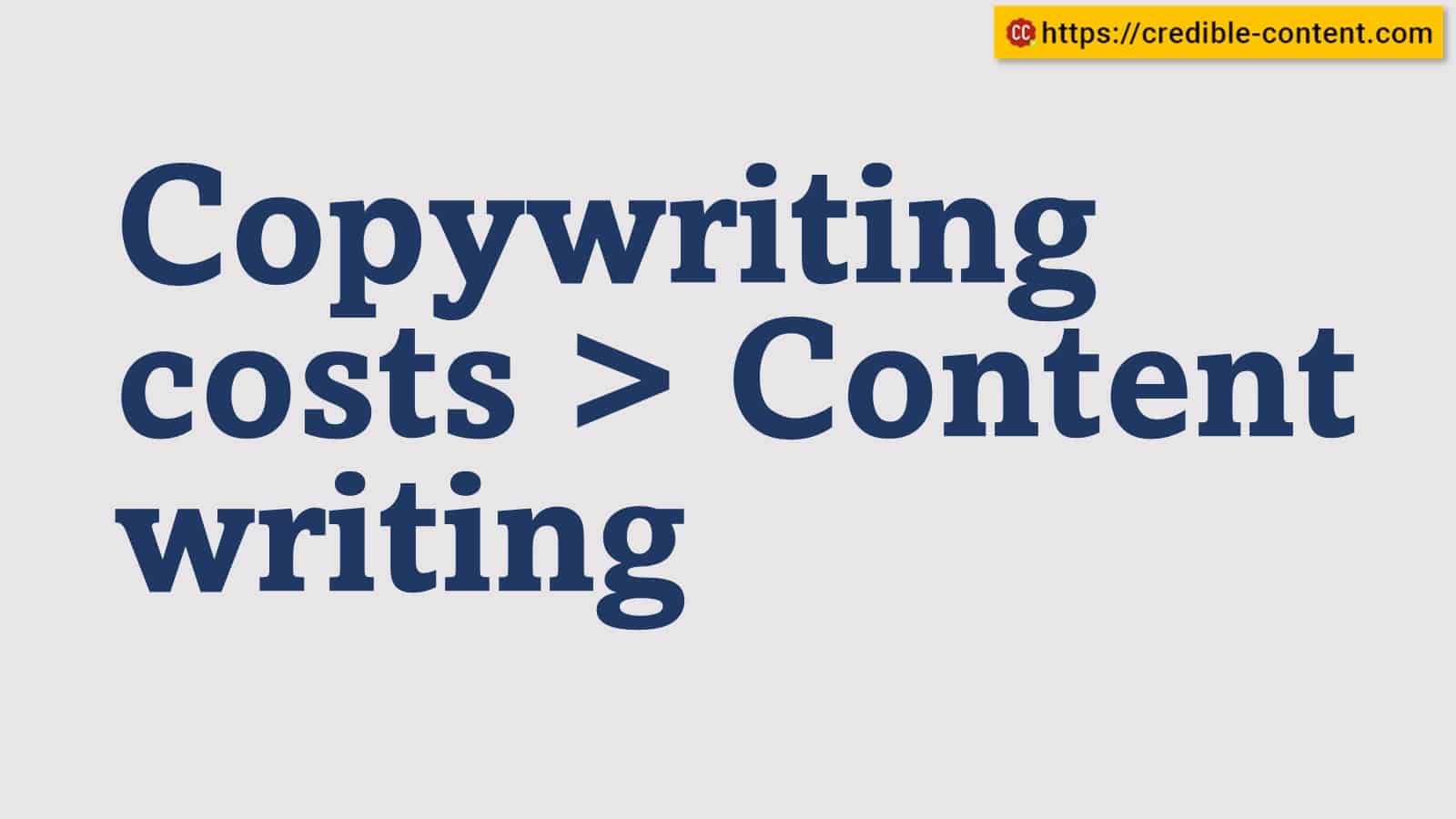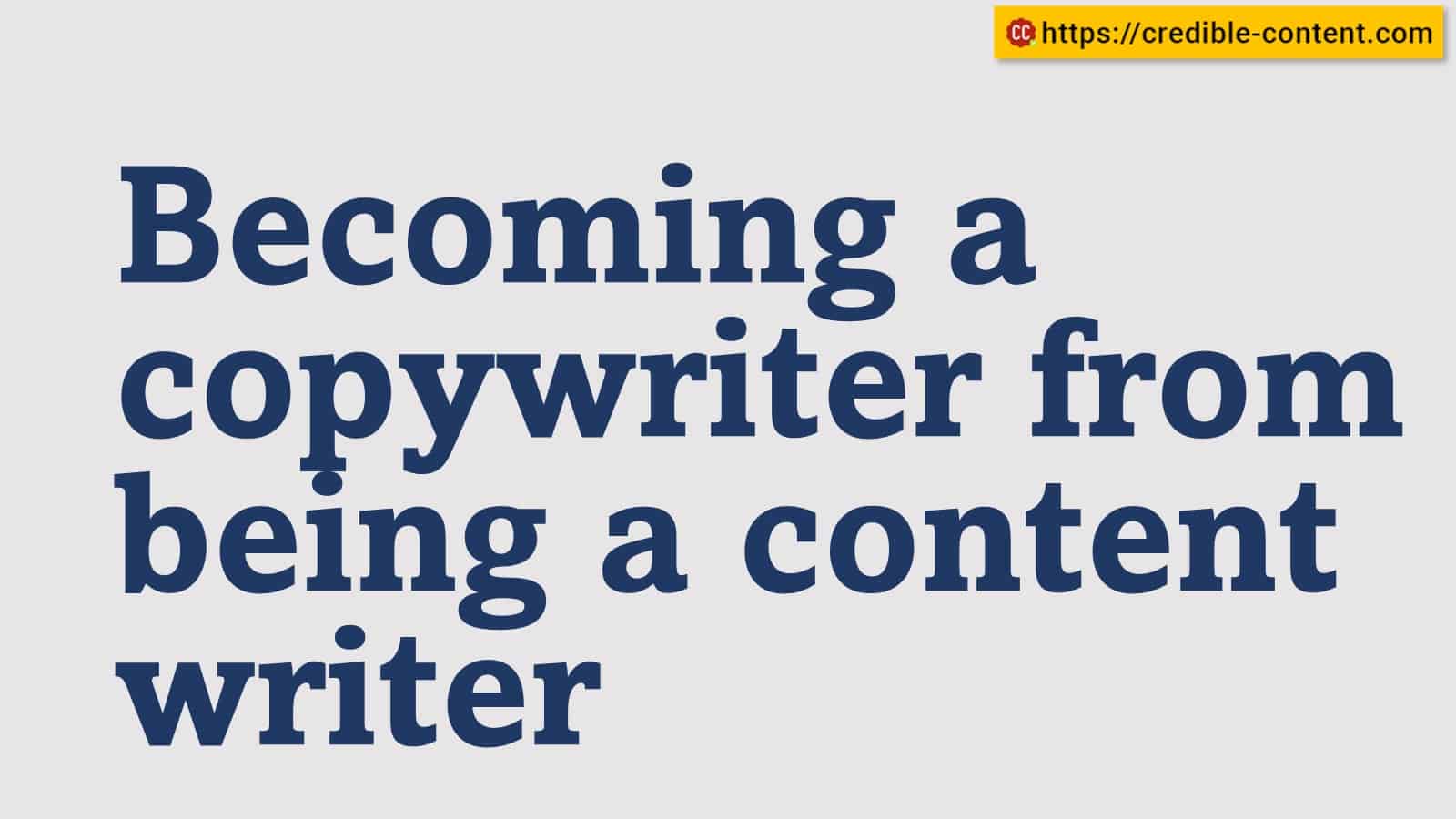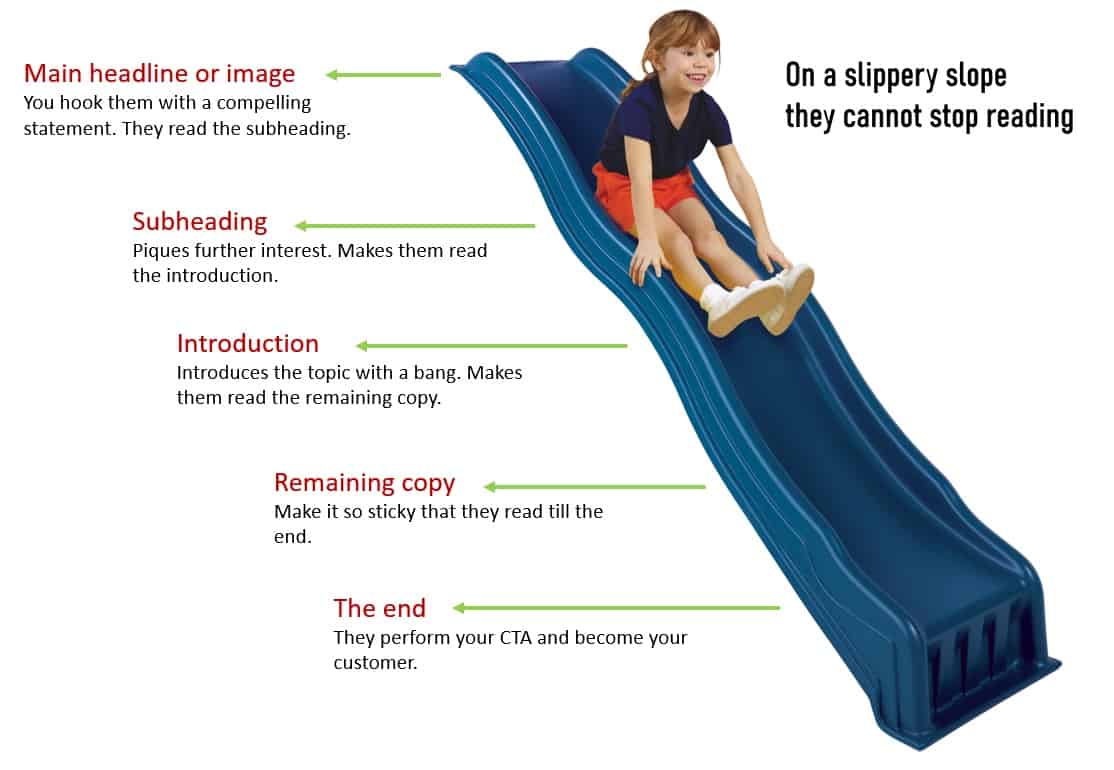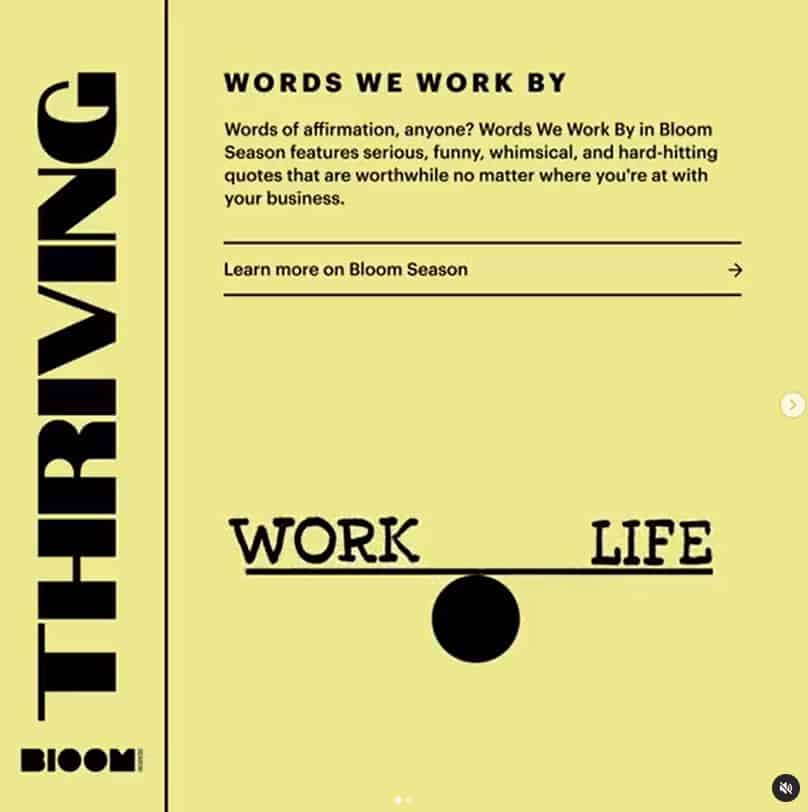Copywriting has become more lucrative than ever, especially in a post-pandemic society.
What you may have once considered a side gig can now easily become a full-time career.
However, it’s important to look at yourself as more than just a freelancer.
When you’re a full-time copywriter, you’re also a solo entrepreneur.
Managing your business efficiently and effectively will help you find long-term success when it comes to finding steady clients, marketing yourself, and building a life-long career.
Technology has made it easier than ever to manage your copywriting business.
So easy, in fact, that there are many things you can do with the smartphone sitting next to you on your desk right now.
With that in mind, let’s take a look at 10 of the best apps you should be using to manage your copywriting business.
1. Grammarly
As a seasoned copywriter, you probably already have a strong handle on basic grammar skills.
However, everyone makes mistakes. If you’re writing for several hours each day, it’s easy to misspell a word, miss a punctuation mark, or utilize language that isn’t as concise as it should be.
Grammarly can help.
The app uses writing assistance technology to check everything from spelling to tone.
It can take any piece from “okay” to practically perfect in a matter of seconds.
With nearly 30 million active daily users, this app will end up being your best friend when it comes to proofreading and editing.
2. Viably
Whether you have two clients or ten, invoicing is important.
You want to get paid for your services on time, and you want to present your invoices to your clients in a professional manner.
There are plenty of invoicing apps out there, and Viably is one of the best.
Not only does it offer professional-looking invoice templates, but helps small business owners know exactly what should be featured on their invoices, including:
- Payment terms
- Due dates
- Fees
- Taxes
- Account numbers
Using apps like Viably to manage your invoices will keep everything organized and in one place, so you won’t have to chase down clients for payments.
3. Lucidspark
Many people associate Lucidspark with team collaboration.
While it’s great for that, it’s also an essential project management tool that can keep you on track with various writing projects and deadlines.
It will help you through the phases of project management:
- Initiation
- Planning
- Execution
- Monitoring
- Closure
Not only will a project management app like this help you keep track of clients, but you can also use it when you’re developing and implementing new marketing strategies so you can stay true to your desired timeline.
4. Quickbooks Payroll
Most people recognize the Quickbooks name.
It’s been a trusted accounting program for big and small businesses for many years.
Quickbooks Payroll is a newer service, providing business owners an easy, streamlined way to get their employees paid.
As a copywriter, you probably aren’t going to have a dozen employees.
However, as your business grows, you might need to hire an assistant, or even another writer or two.
Whether they work remotely or in a shared space, paying them fairly and on time should be your top priority.
Quickbooks Payroll makes that easy.
Plus, it provides automated taxes and forms, so you don’t have to worry about getting those together for your employees when tax season rolls around.
5. Expensify
While we’re on the subject of money, managing your finances is crucial when you’re running your own business.
Even if you’re the sole employee, you might need to purchase things to keep your business running properly.
Expensify allows you to scan receipts and process expenses quickly, no matter where you are.
It will keep them organized in one place, and can even integrate with other accounting apps to keep track of every expenditure.
That will save you a lot of time, effort, and stress as you prepare your taxes each year.
6. HotSchedules
If you take on a few employees as your business starts to grow, keeping track of everyone’s schedule is important.
When people work remotely, it’s okay to be flexible.
However, if you’re paying your workers by the hour, you’ll want to make sure they’re logging time correctly.
Apps like HotSchedules can help with that, in addition to:
- Keeping your team organized
- Monitoring performance
- Requesting time off
- Integrating schedules with Google Calendar
There are plenty of scheduling programs out there.
The unique thing about HotSchedules is that it’s completely mobile, so no matter how small or large your operation, you can keep track of everyone from the palm of your hand.
7. Evernote
As a writer, you’re probably constantly jotting things down and trying to keep track of everything you need to remember.
Evernote is a great app for keeping your thoughts and “to-dos” organized in one digital location.
You can take notes and share them with others for free, or upgrade to the paid version of the app to manage projects and workflows.
8. Ubersuggest
Created by marketing guru Neil Patel, Ubersuggest takes the guesswork out of SEO blog writing.
Ubersuggest helps you with both keyword and topic research and can help you discover what your “competition” pages have written about similar topics, so you’ll know which keywords will be effective and which ones to avoid.
9. Hubspot
Whether you want to streamline your social media efforts or keep your clients and contacts in one convenient location, Hubspot can help.
It’s a great tool for managing Facebook, Twitter, and Instagram so you can have an active social media presence and engage with potential clients.
However, the real benefit comes from using it as an email marketing tool, where you can create custom messages for your existing clients, loyal “customers,” and more.
It’s wonderful for fostering healthy client relationships, so you don’t have to constantly worry about finding new customers and more work.
10. Hootsuite
Hootsuite is a familiar name in the world of marketing, so if you’re not already using it, you should be!
It’s a platform that allows you to create optimized SEO content in one convenient location.
You can schedule social media posts days or weeks in advance, keep track of mentions and follows, and ensure you’re posting at least one piece of content each day to keep your clients engaged.
Hootsuite is a user-friendly and efficient way to take charge of your business’s marketing efforts, so you don’t have to spend hours on social media each day when you could be writing.
So, have you downloaded these apps yet?
Whether you’re a one-person operation or you’re a growing copywriting business that’s starting to hire employees, these particular apps will help with everything from perfecting your writing to tackling your taxes.
Give them a try, and you might be surprised by how much more efficiently you’ll run your business.


